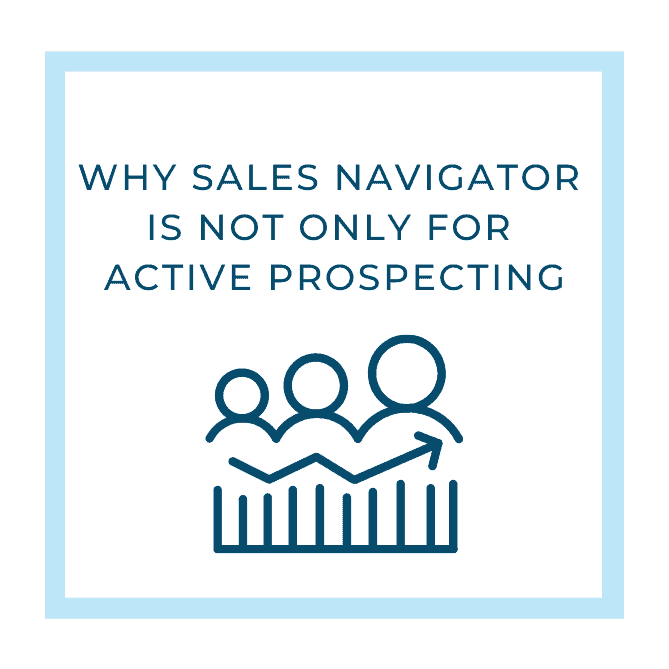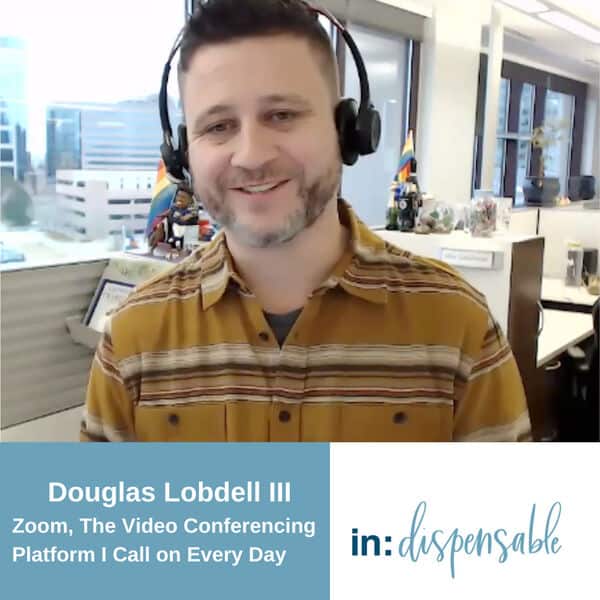When Ed Mullin and I began working together in December 2017, there was a lot to explore. Like so many seasoned professionals with diverse backgrounds, Ed was finding it difficult to articulate his expertise and position himself for a new job search. What do you do when you may be further down the path in your career, you’ve achieved so many significant accomplishments, and those accomplishments aren’t exactly linear?
The good news is that Ed is in a new role that is not only perfectly suited for his blend of tech savviness and account management expertise, but also, in part, came about as a result of posting and sharing about his search on LinkedIn.
What we at Intero know to be true is that a strong LinkedIn profile, one that makes people stop and think, “I am excited to learn more about this person,” has less to do with your career path following a neat line and more to do with the passion and enthusiasm that you share with others about your work. We call it “the why” – why you do what you do, why does it matter to you and to others, why should people take notice?
So, what is the anatomy of the “why?” As a follow-up to the work that Ed and I completed, he put together his own why statement that most thoroughly represents who he is as a professional. In reading it, I found myself reacting in that “I want to learn more” kind of way that I described earlier.
We thought it would be good to take a closer look, dissect Ed’s “why” and show you some of the important elements of a strong “why.” Whether you’re thinking about revamping your Profile Summary or preparing for an interview, this exercise may help you to hone in on your own “why.” So let’s take a look at Ed’s “why”:
I like to fix things. I really enjoy learning about different types of businesses and developing ways to solve their problems and make them more successful.
A strong opening statement. It’s general and attention-grabbing. Have you ever needed something fixed? Furthermore, have you ever worked in a company that had a problem that needed to be solved? My guess is that your answers to that questions is a resounding “YES!” So, why wouldn’t you want to learn more about what Ed has to offer?
Given my computer science background, most of my career was spent creating software solutions to business problems.
Here, we come to understand more about Ed’s background and foundational expertise. You can begin to define his field, industry and areas of contribution.
For example, my development team created a website that was the first to allow a car loan application to be decisioned in real time. This allowed buyers to obtain credit while banks were closed. This was a game changer for the car industry. This is just one example of a project that I felt was really exciting to work on. Although the tech was cool, what was really appealing to me was to solve a major problem for a business community and to allow business to flow faster and more profitably.
Context. It’s the most important, and often most overlooked, element in a well-written Profile Summary. It’s really not enough to say – “Here’s what I do.” You need to be able to break it down to say, “This is why what I do matters.”
As my career shifted more in the direction of operations and Information Technology, the number of tools in my solution toolbox grew and improved. Often it wasn’t about building a solution but instead, buying one to utilize features and technologies the company already had purchased but failed to adopt. For example, I often meet business owners who feel their Customer Relationship Management (CRM) program has failed them, but what really has happened is that their people have failed to adopt the system, or it was not customized to reflect how their business really worked.
Now, we’re really drilling down to Ed’s expertise. See how his background has evolved and the knowledge within his field relates to so much more than software solutions, where he started? We are learning his professional story.
It’s also important to note that there are a number keywords and terms woven throughout. If we had posted this why statement in his Summary without any further wordsmithing, Ed would actually be pretty well set in terms of having a searchable (findable) LinkedIn profile. You want to make sure that you’re using keywords that relate to your industry and field as you craft your Profile in order to ensure that others will be able to find you on LinkedIn.
Making technology decisions is often really stressful for organizations both great and small. And rightly so, if a key system upgrade fails or a replacement system fails to meet the businesses needs after rollout, it could potentially put a company on a path to bankruptcy. I greatly enjoy shepherding executive teams through these difficult decisions and showing them how to get excellent technology solutions for their business challenges. It’s like being a mountain guide and getting your team to the summit or a charter boat captain who can routinely find the biggest fish.
So that’s my why. I’m passionate about fixing organizational problems and I know a few things about technology and business. Yep, that’s about it.
I love this last part. There’s so much to sink your teeth into – further context for how Ed helps companies, who he typically consults with, the passion and enthusiasm he has for his work, and why any of it matters.
And like any great story, it has it all – passion, personal meaning, humor, valuable lessons, humility. You not only understand how working with Ed could help your business, but you also have a sense of what it might be like to spend a few minutes with him.
I’ve read that as much as 85% of jobs are found via your network. If you’re really going to make your network work for you, then you need to do more than drop your resume verbiage into LinkedIn. Conveying expertise, context, passion and personality will make the difference between your Profile and the many other thousands of people in your field. Take some extra time to consider how you will set yourself apart. What is your “why?”





